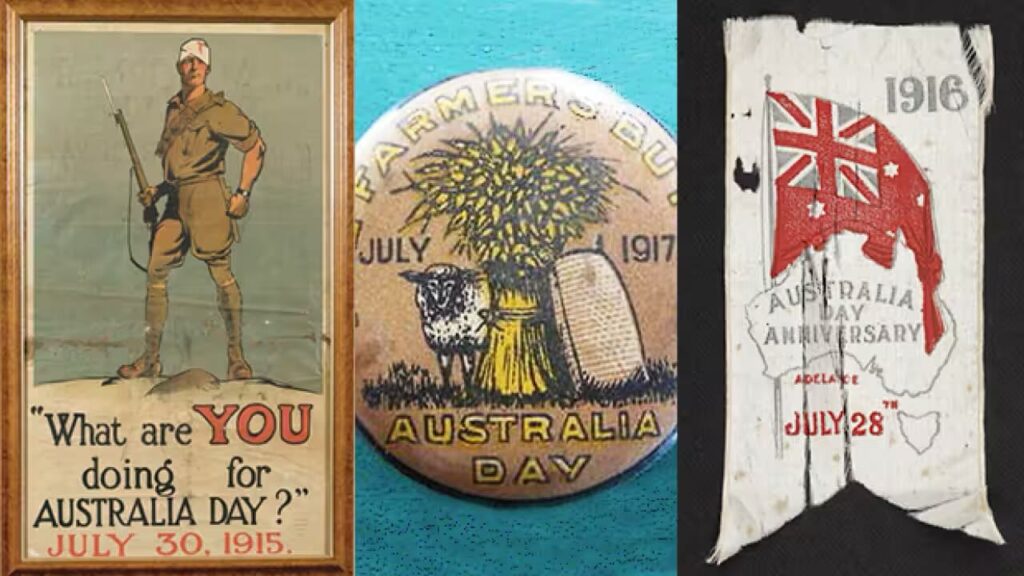Hey Peter Dutton, here are the real reasons few Australian retailers sell Australia Day merchandise
In response to Opposition Leader Peter Dutton’s call yesterday for a boycott of Woolworths over its decision to stop stocking Australia Day merchandise, here is why we no longer stock Australia Day merchandise in my own shops.
As a retailer, I need to offer merchandise that is profitable and fits the narrative of my local business. Australia Day merchandise does not sell like it used to. Given what deep discount stores have done in this space, the margin we can achieve is small, insufficient to cover retail space and labour costs.
The last time we sold it a few years ago our gross profit from all Australia Day products sold was under $100 with the space alone costing double that and the labour involved costing $100 meaning we lost over $200 on the ‘season’.
For any of our customers wanting to celebrate the day by sending a card, we have an a big and awesome range of cards designed and printed in Australia that are perfect for this, including:


Most Australia Day merchandise is made overseas, usually China, which contradicts our shop local narrative – we preference Australian made wherever we can.
Imagine how Peter Dutton may feel when he discovered that we are not opening on Australia Day. We haven’t done for years. Sales revenue is typically low on the day and labour rates are up as it’s a public holiday. Years ago we decided to close and are grateful for the day off.
If Peter Dutton wants Aussies to boycott Woolworths because it no longer stocks low margin overseas made Australia Day merchandise that does not pay its way, he should call for a boycott of plenty of other Aussie retailers like me who made the same decision as Woolworths management.
Maybe Peter Dutton should have done his research on Australia Day merchandise prior to shooting his most off.
I know I am not alone in no longer stocking Australia Day merchandise in my newsagencies.
- Sales of Australia Day merchandise have been in decline for 10+ years.
- It is challenging to find Australian made Australia Day merchandise that can compete with the cheap China stock deep discount stores carry.
- The interest in Australia Day merchandise among shoppers has waned. It’s not a profitable ‘season’.
- The current day itself, January 26, is problematic.
Now before people jump on that, consider that it was not long ago that the day itself was on a different date, as SBS (and many other outlets) reports:

January 26 is problematic because it celebrates the date of the landing of the first fleet. As the Australian Museum notes, Captain Cook was told to gain the consent of the ‘Natives’ when making his claim of possession. He failed to do this, he failed to obtain permission from any Aboriginal people as required by the instructions he was given. While plenty of Australians dispute this, the evidence readily available tells us otherwise. Read the evidence at the Australian Museum website.
I think Peter Dutton is chasing this issue because his mates at some media outlets will amplify his shouting and pouting when we would all be better off celebrating all things Australian while being respectful of the messy road that got us to where we are today.



















